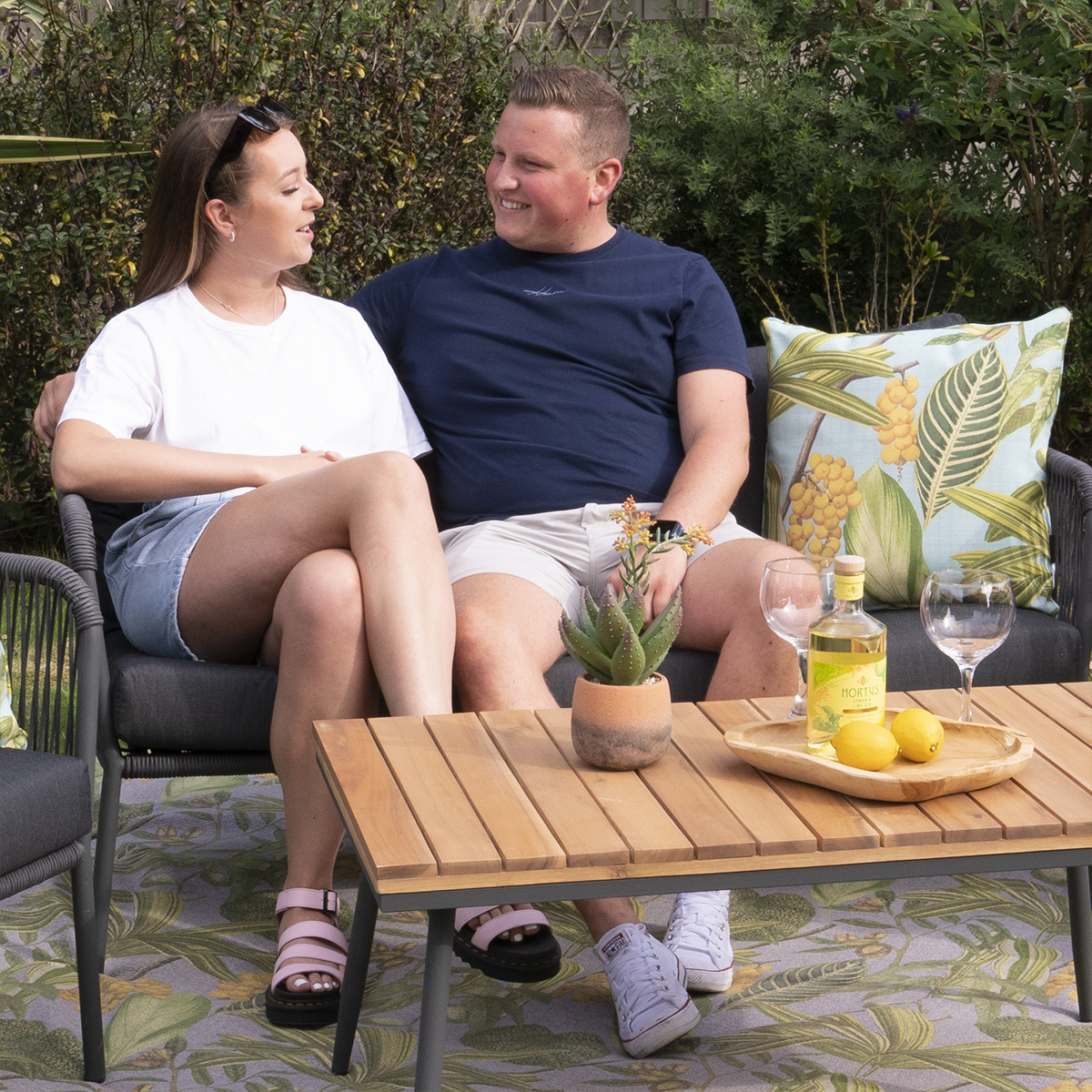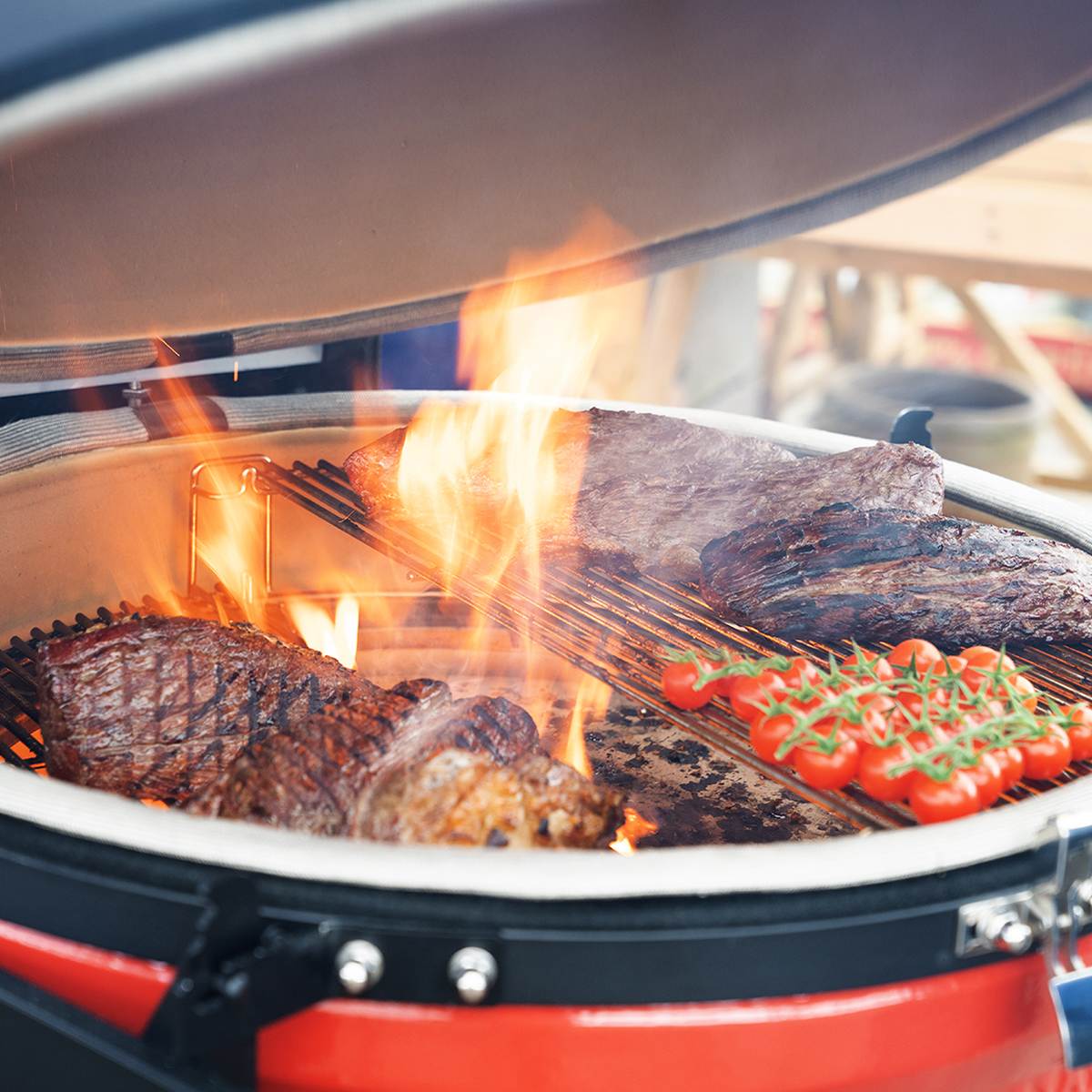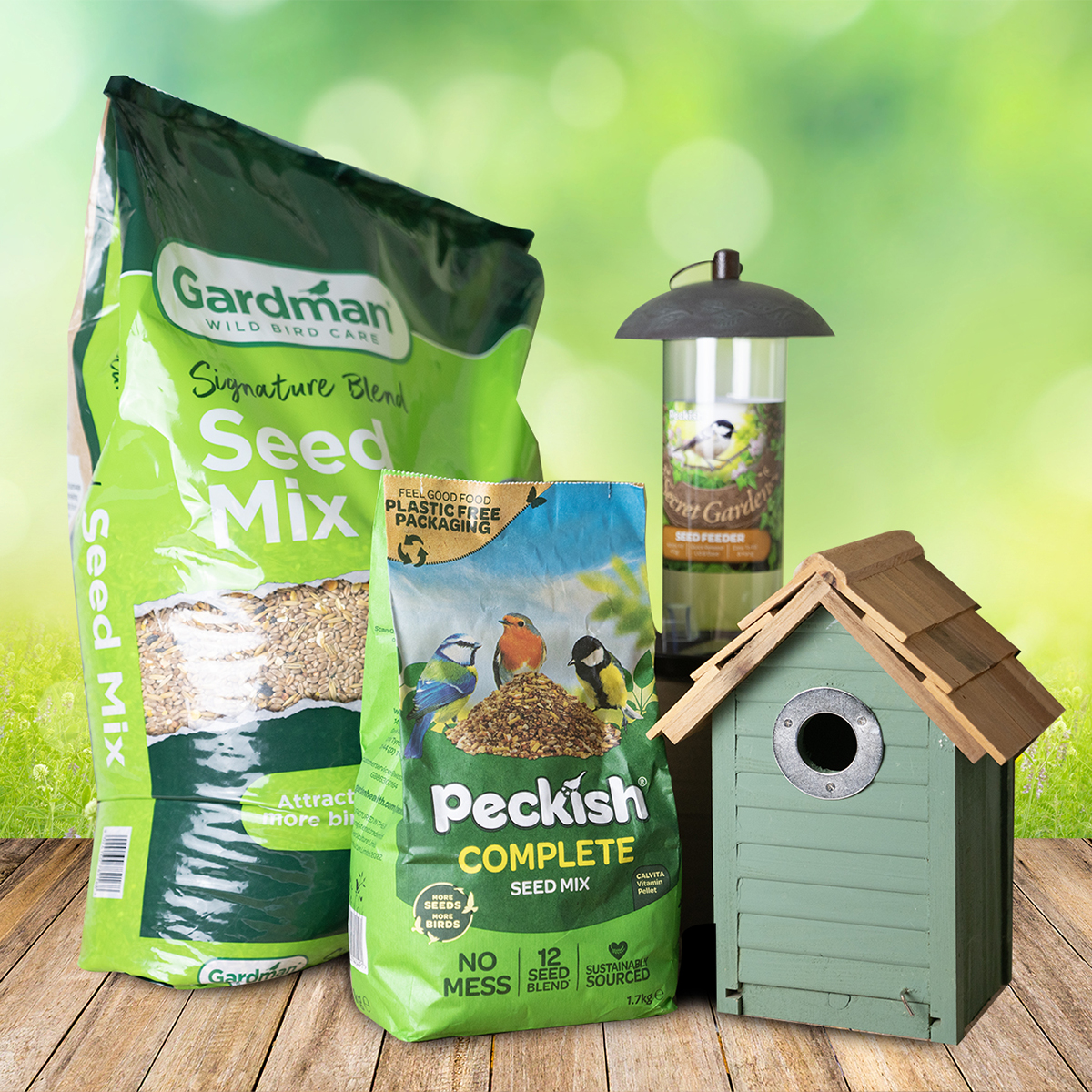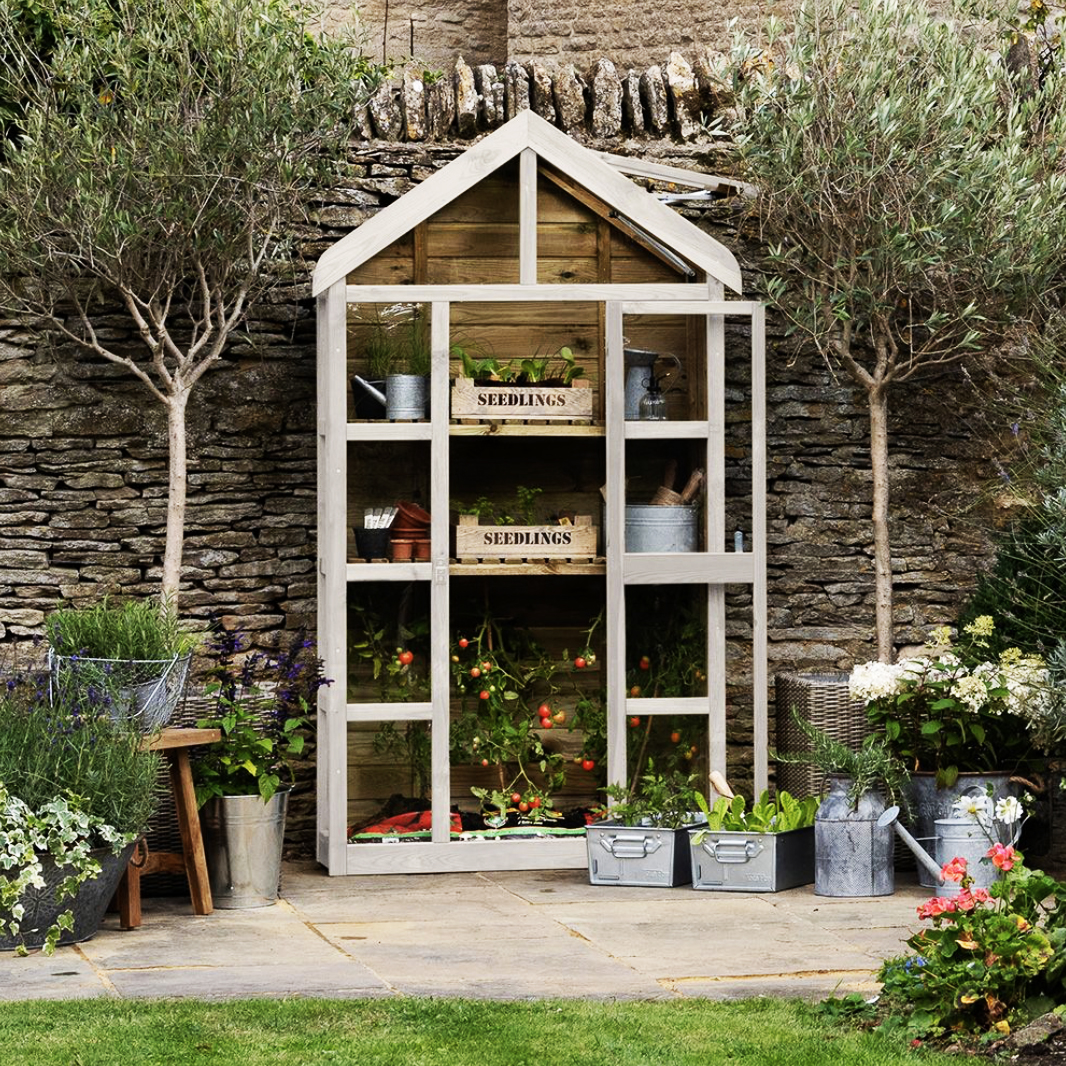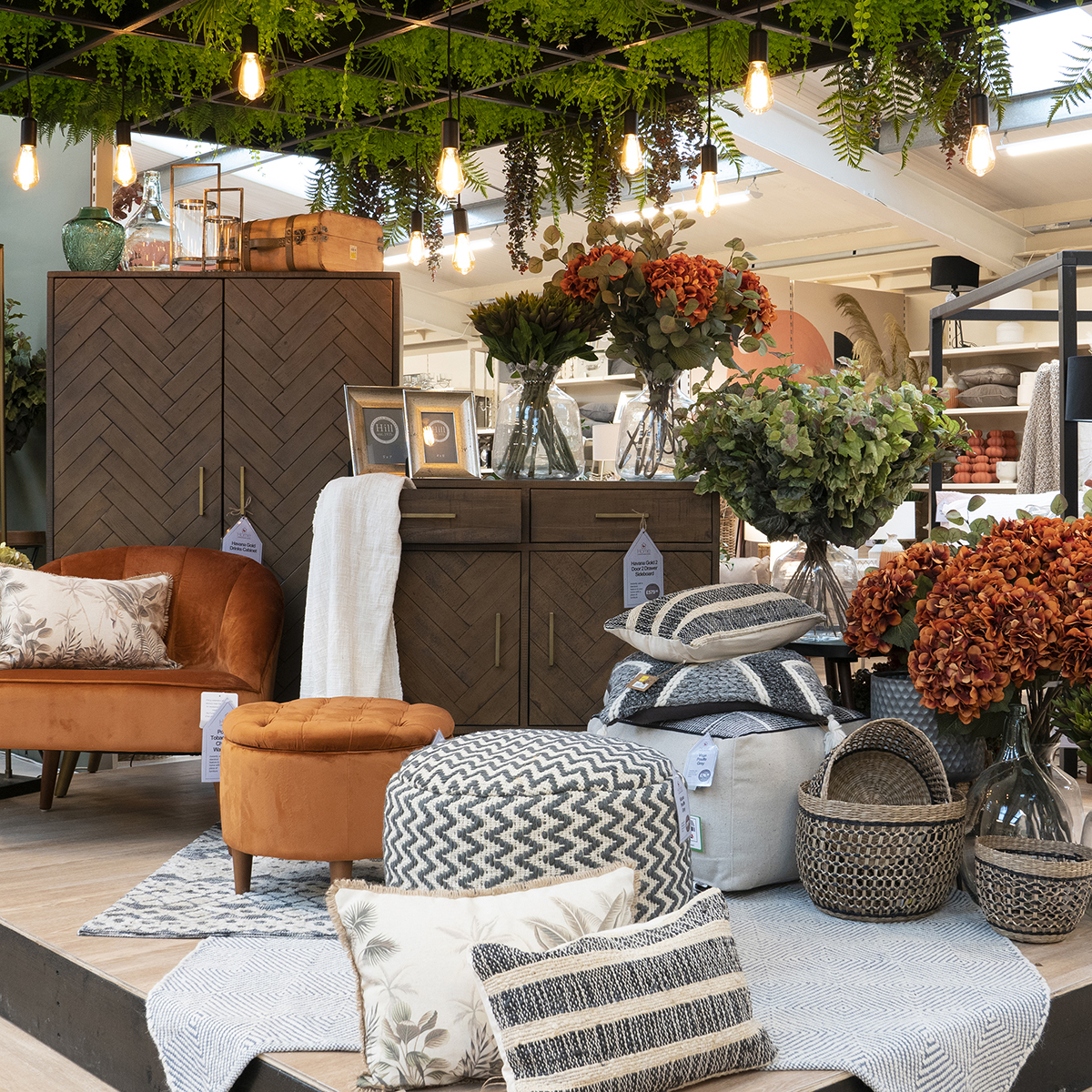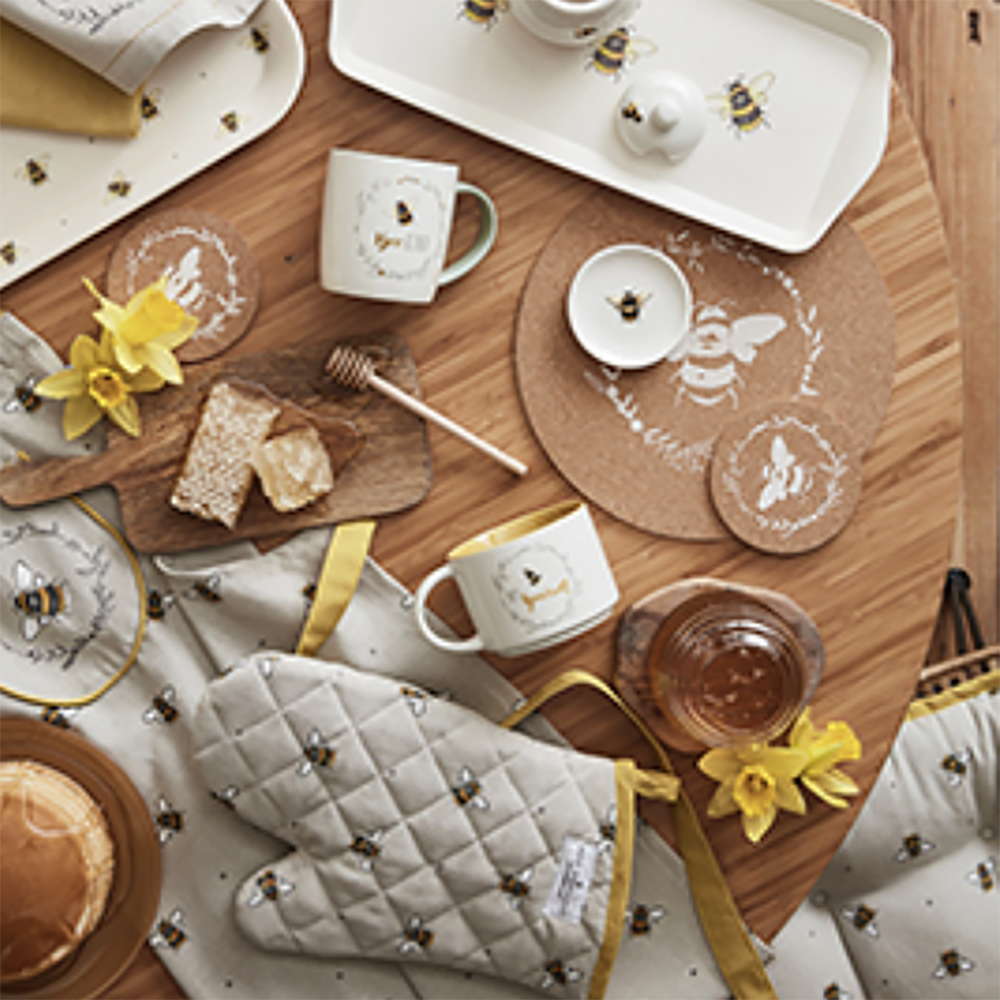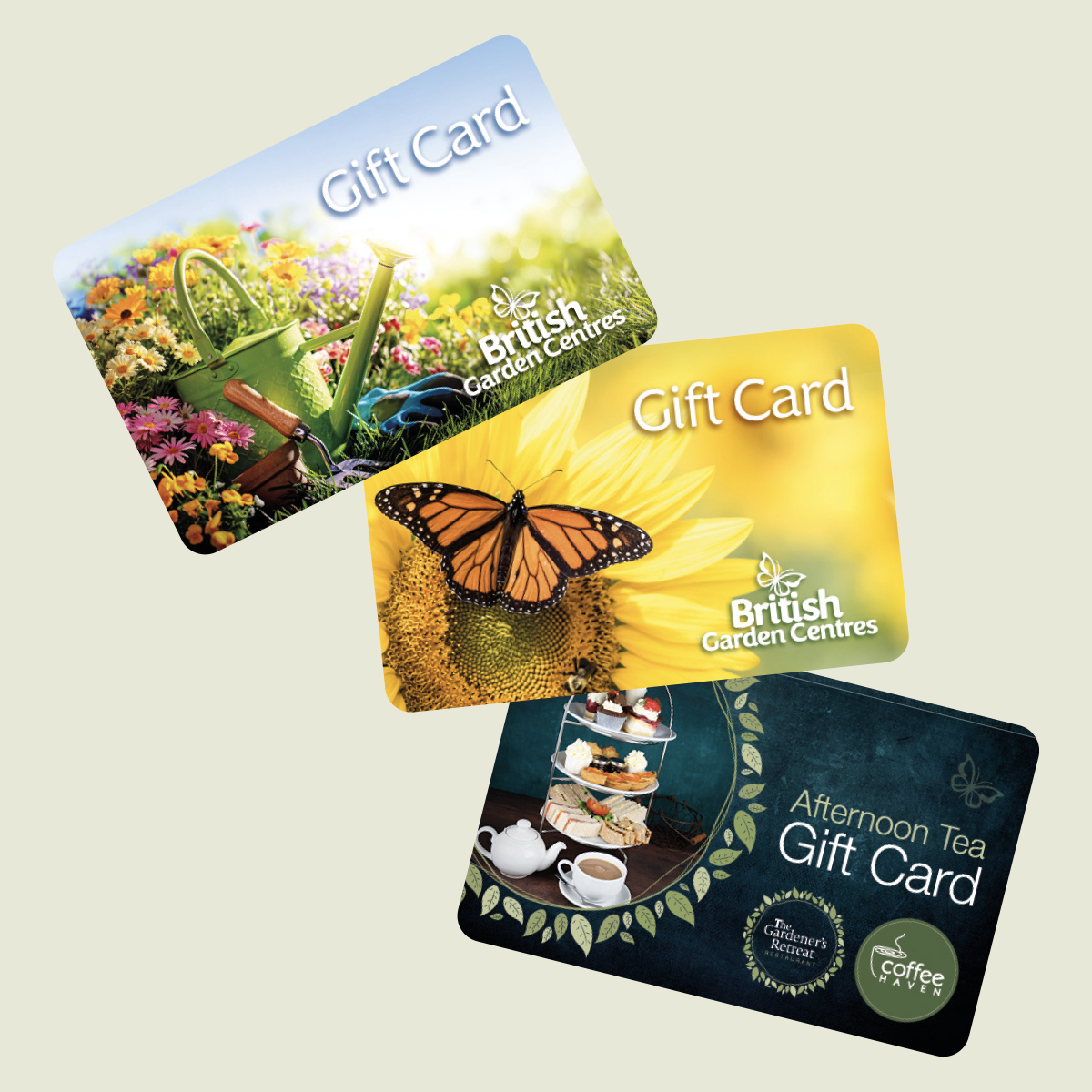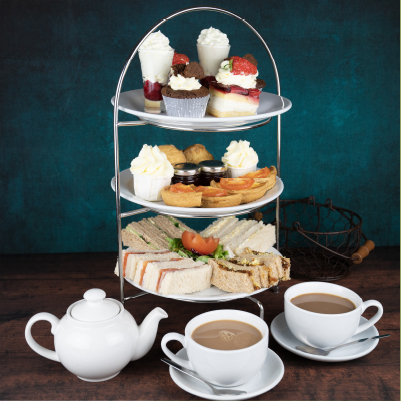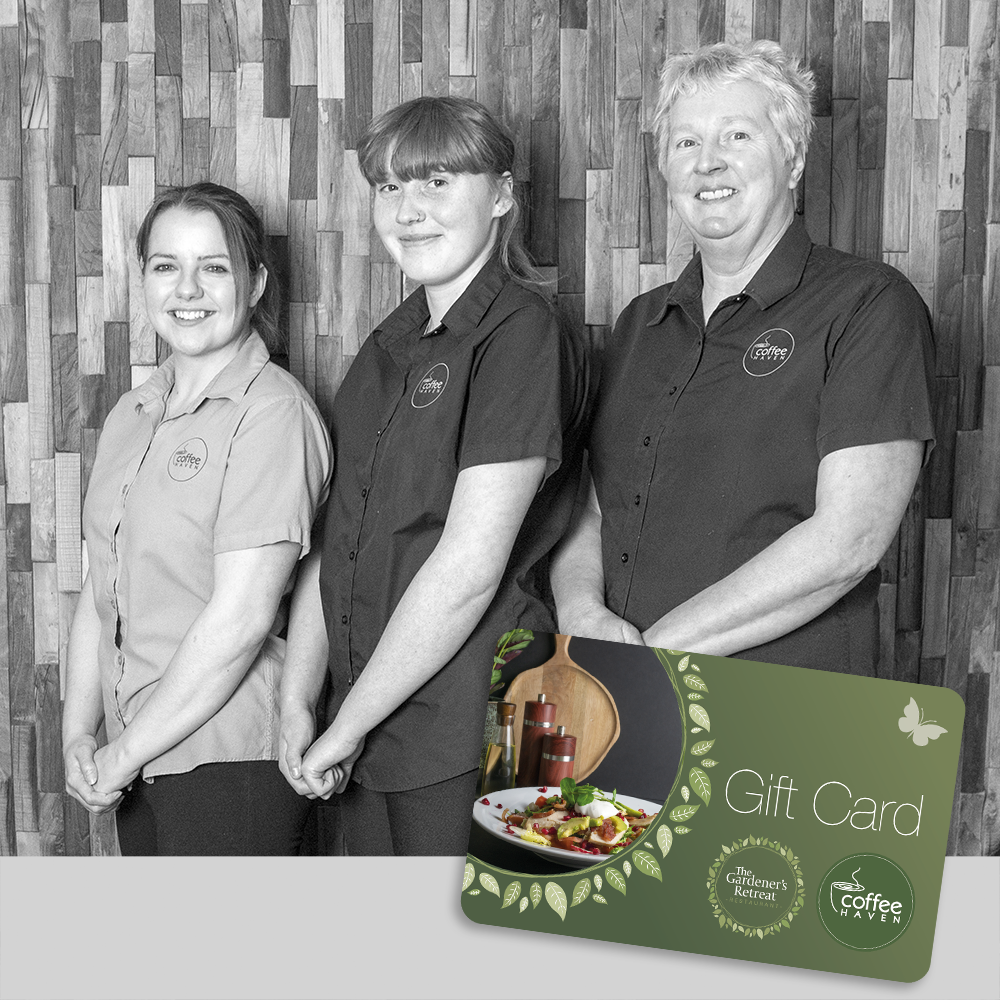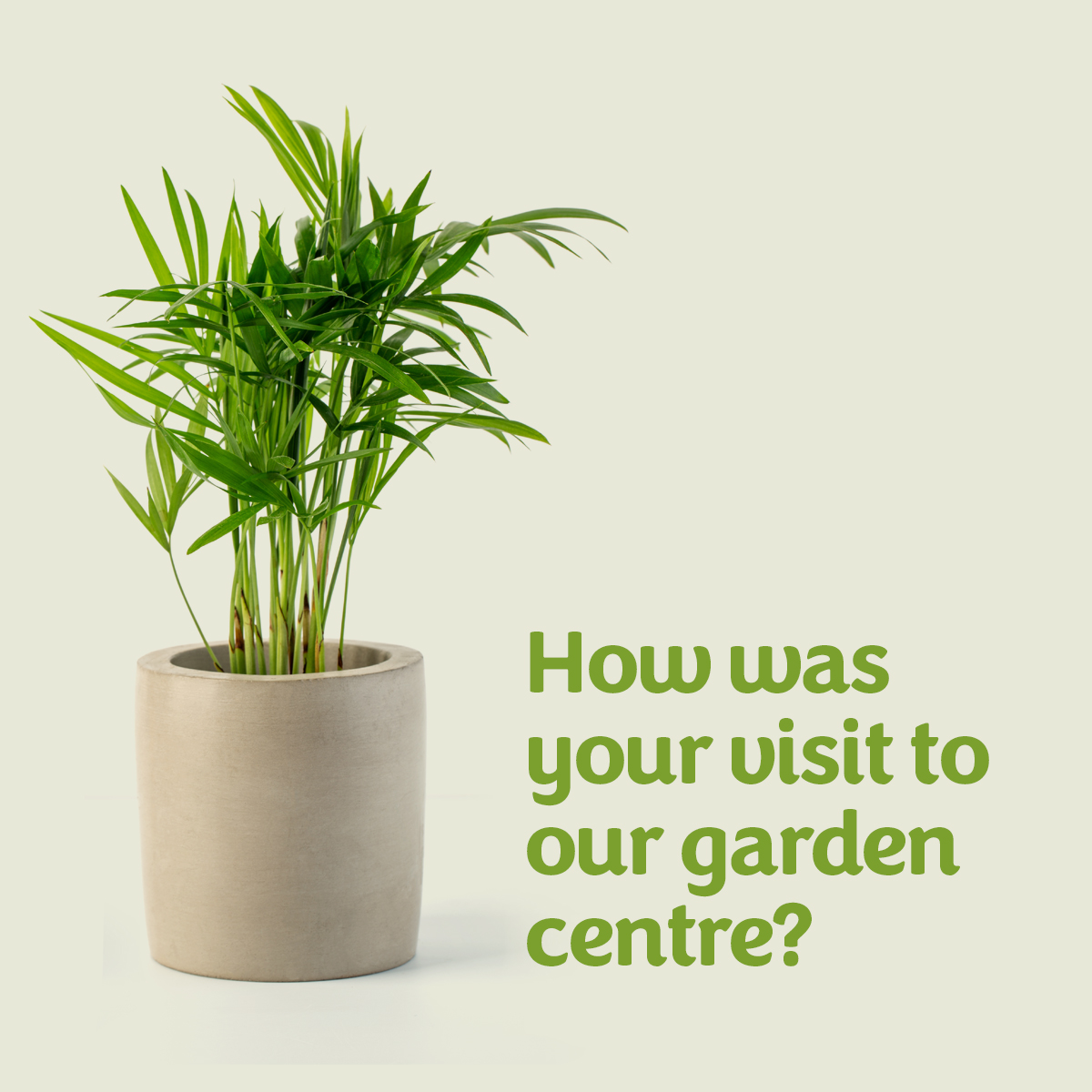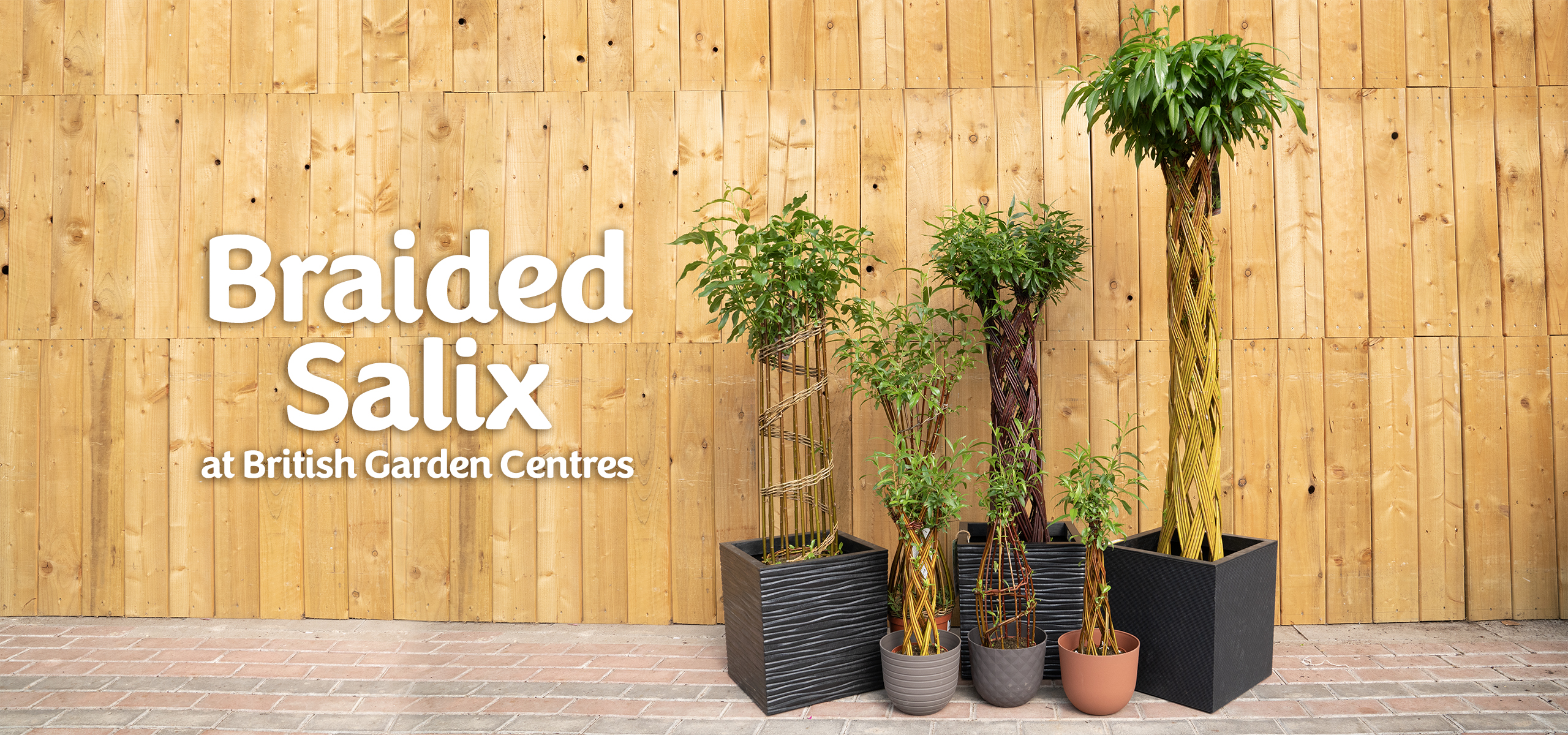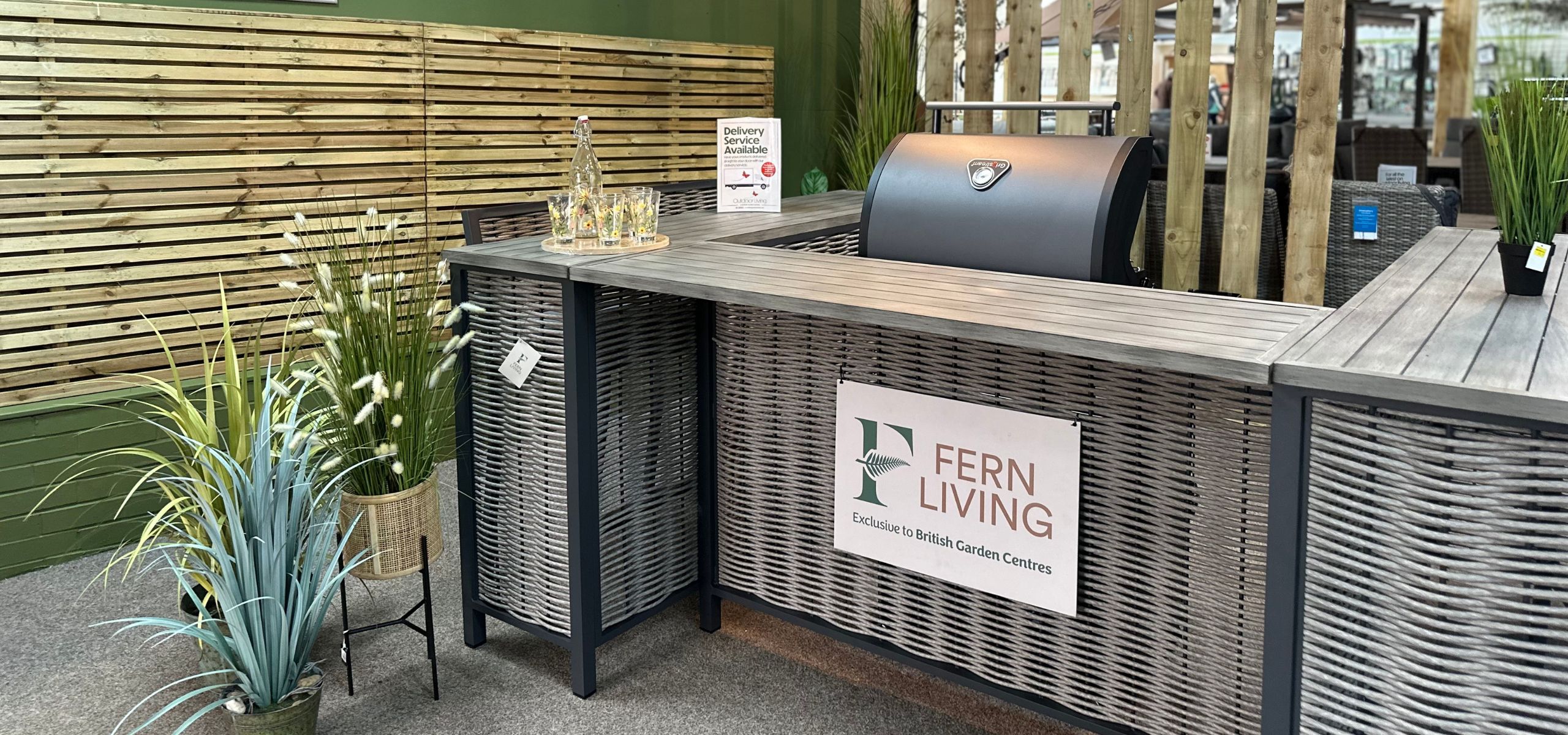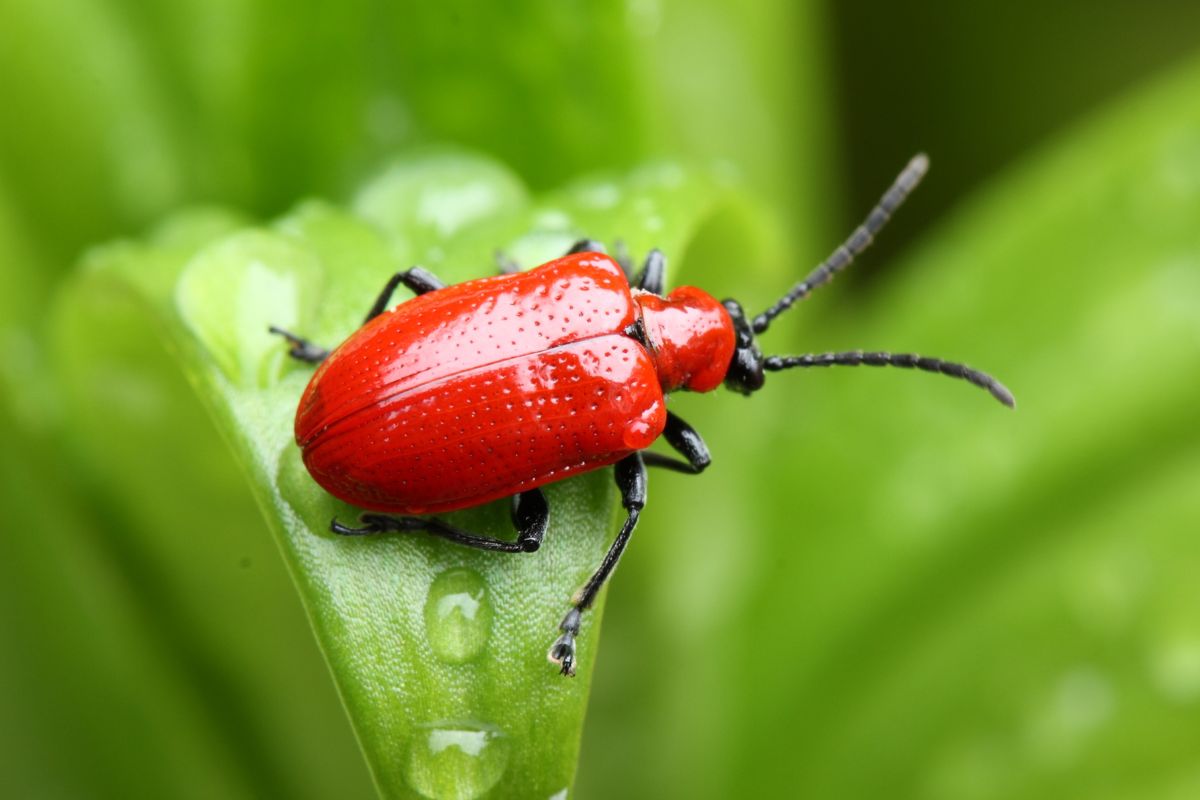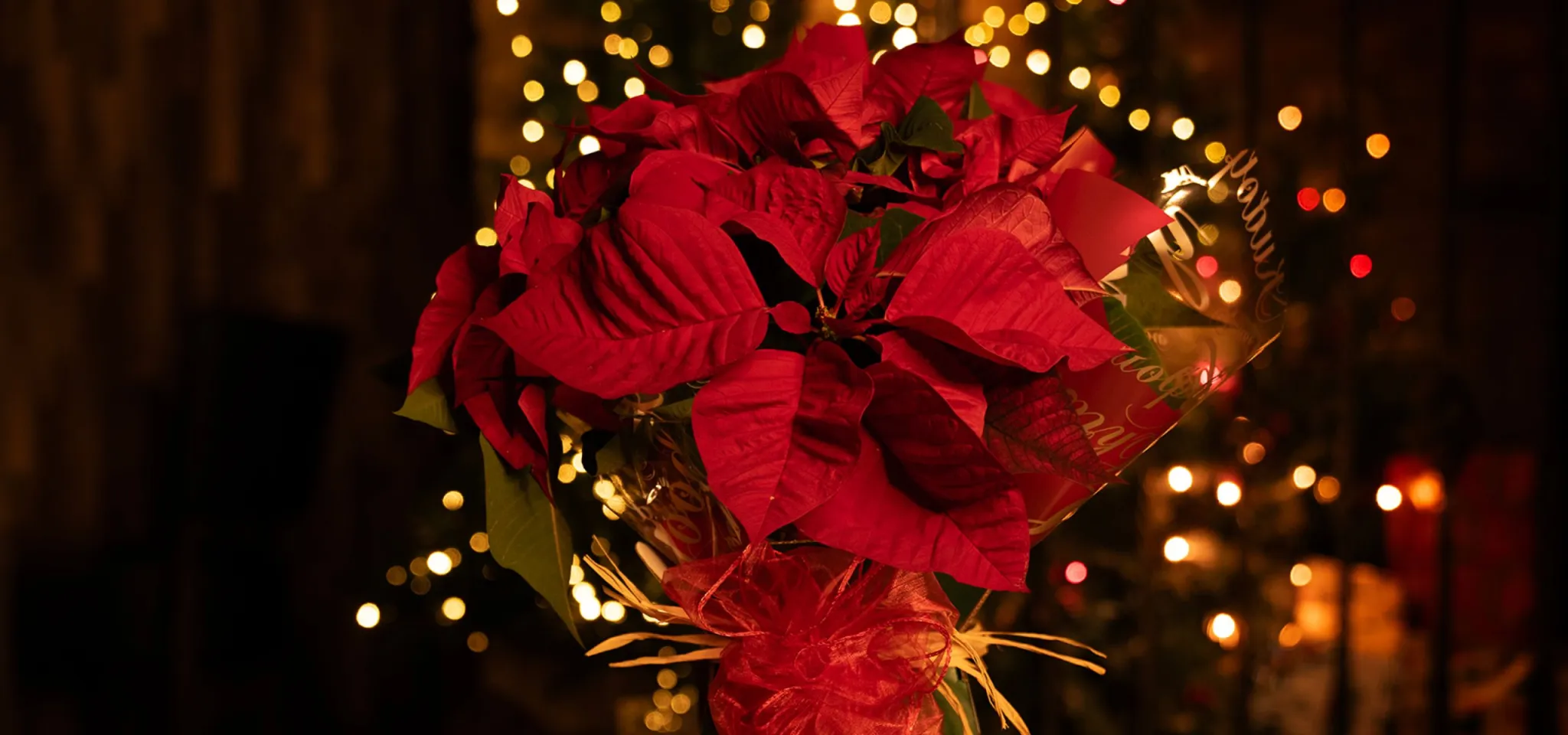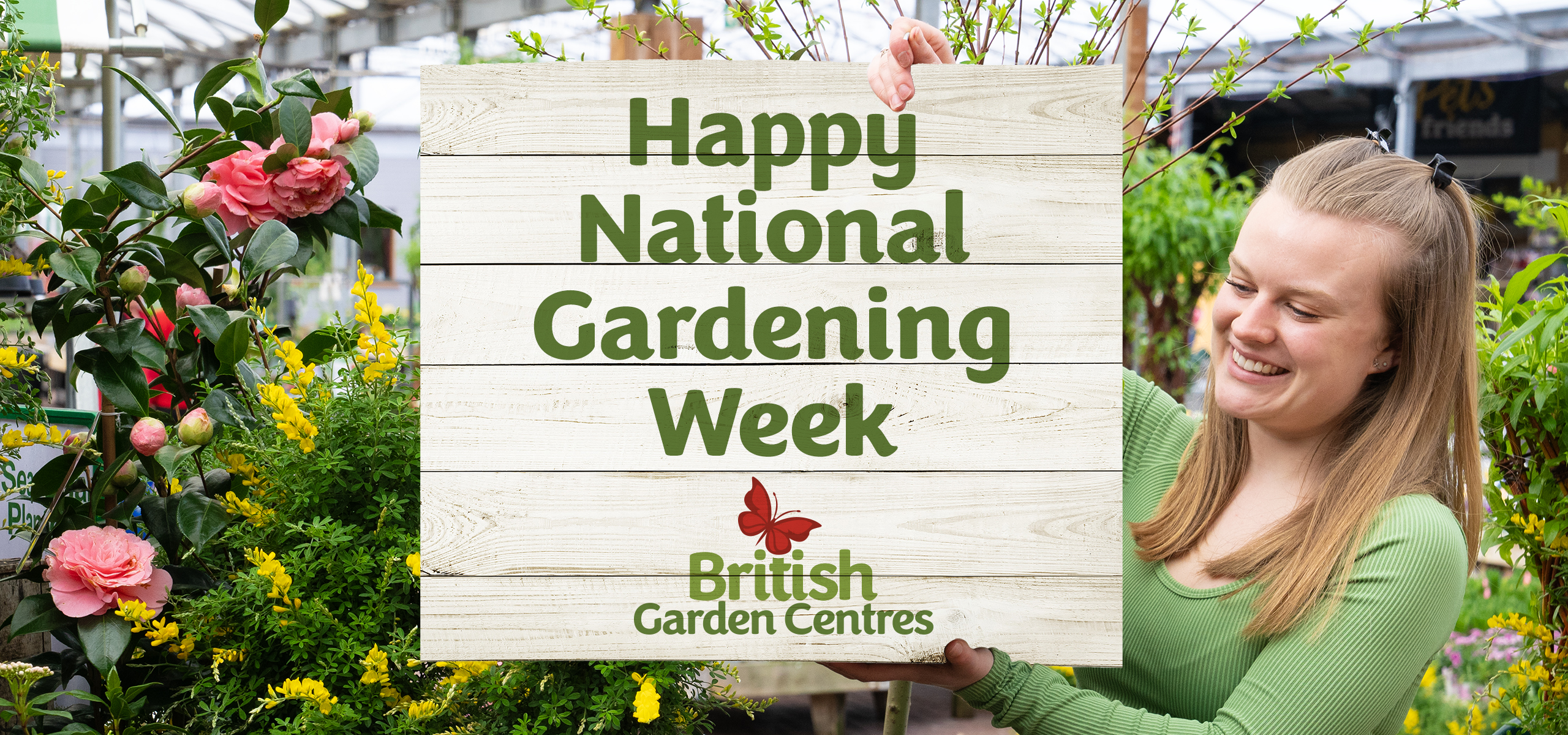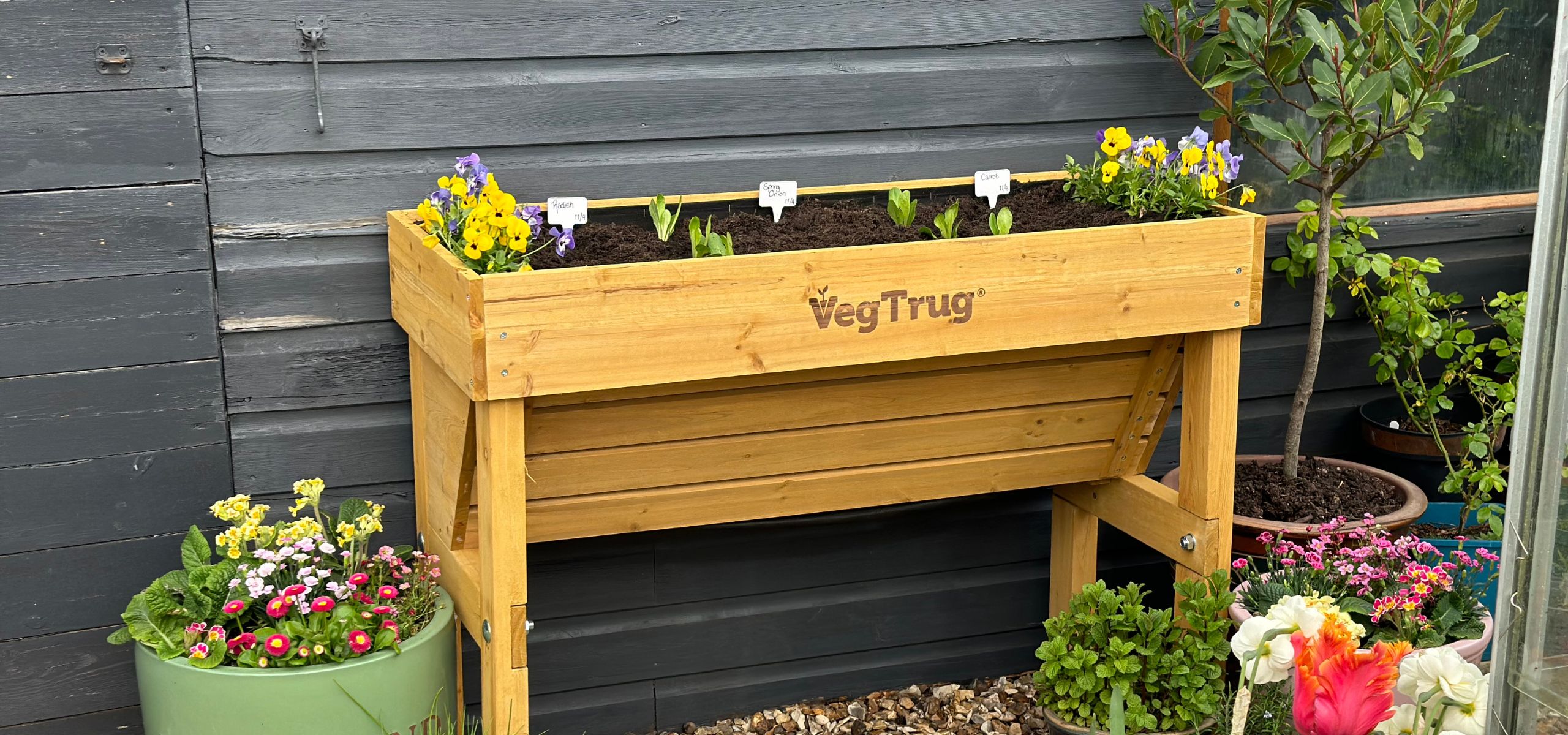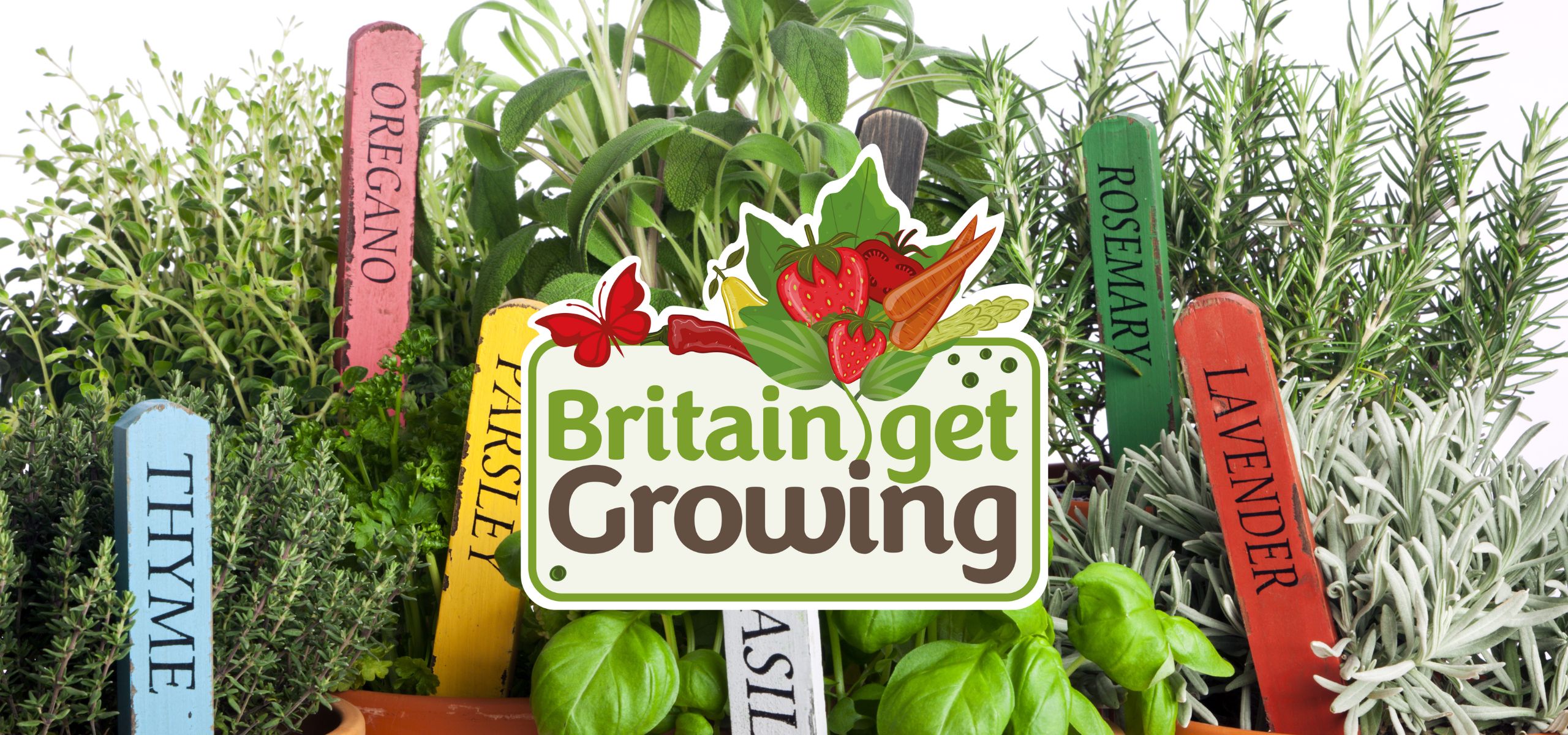Planting Bulbs ready for Spring
Hello
And welcome to the first month of autumn! September is frequently a wonderful month for gardeners, there are gardens to visit filled with flowers, fruit, and inspiration. And back in our gardens, the soil is warm and thanks to the rain we’re now enjoying, damp enough to plant shrubs, herbaceous perennials, and bulbs for spring colour.
Spring flowering bulbs
Many people get confused as to when they need to plant bulbs for spring flowers, not realising how long they take to grow and bloom. Planting is carried out in the autumn before the spring when you want your garden filled with colour.
These are all bulbous perennials, but it’s okay to treat them as annuals if you want to change your display year on year. If they’re not diseased, the bulbs can be added to your compost bin after flowering.
Strictly speaking, some of the flowering plants are corms or rhizomes rather than bulbs, but ‘spring flowering bulbs’ is the overarching term used for them.
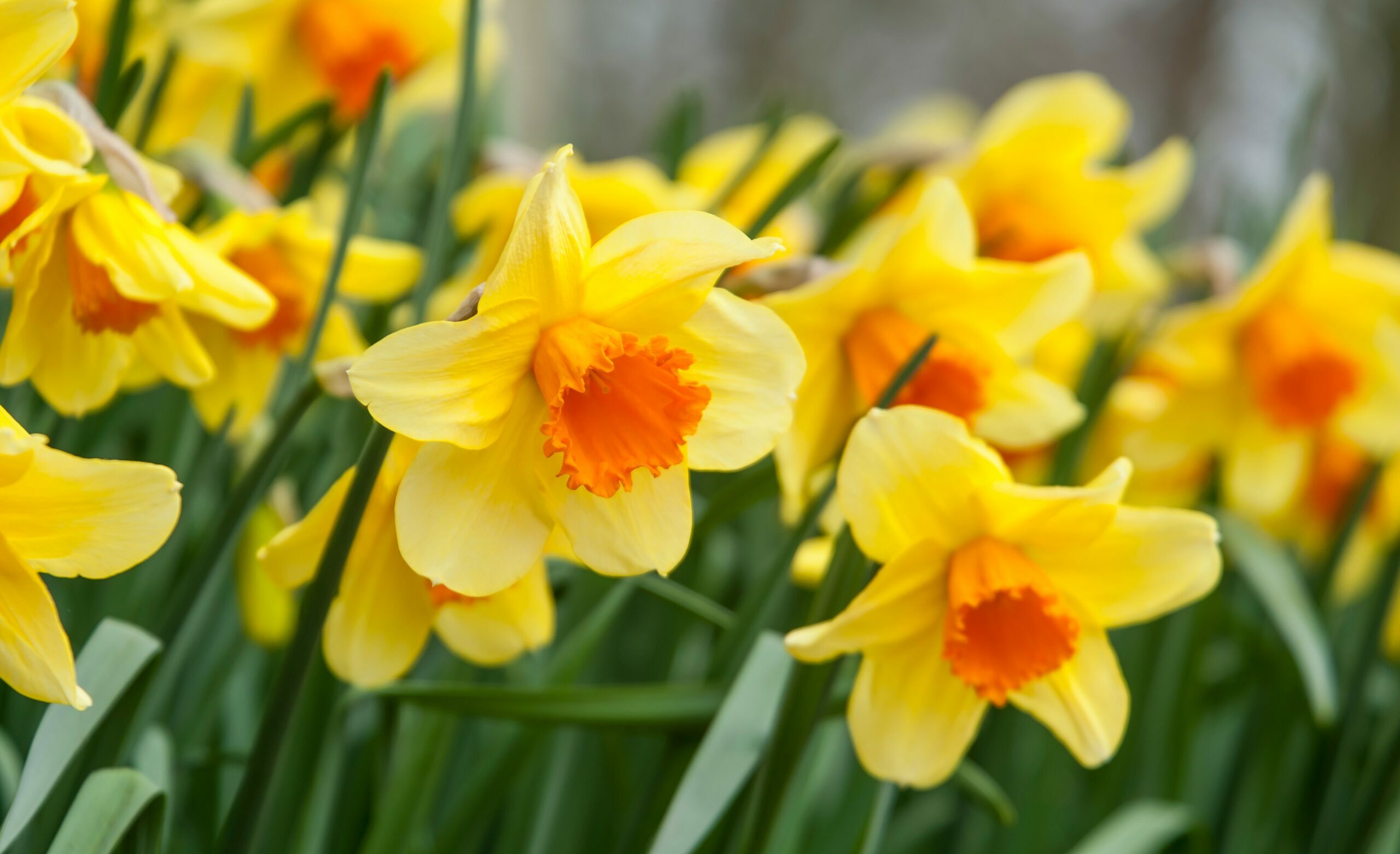
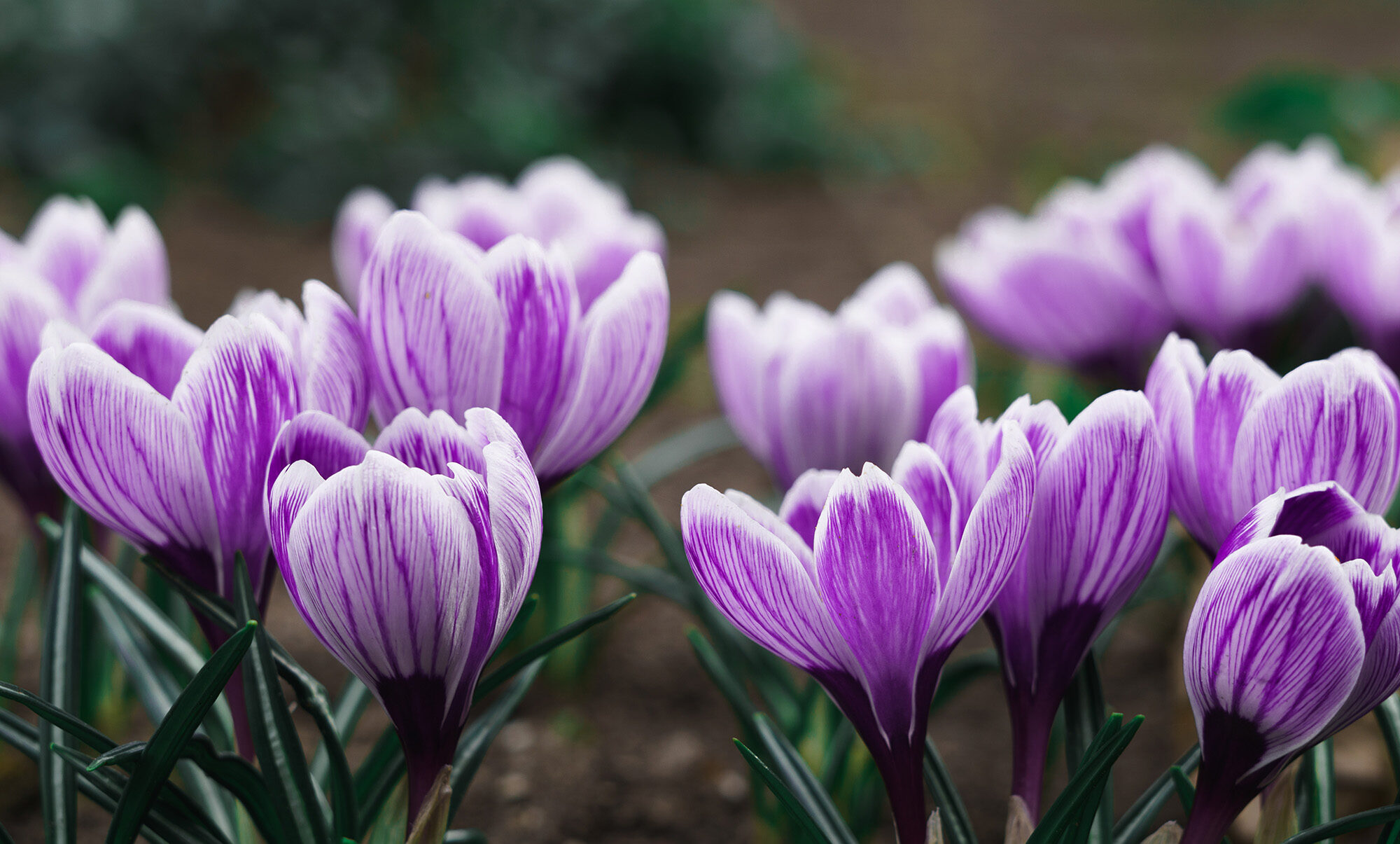
From early through to late spring, in approximate order of flowering, why not consider planting some of these (Latin names included for those who like to know these things):
Snowdrops, Galanthus
Iris reticulata
Daffodils, Narcissus
Crocus
Bluebells, Hyacinthoides non-scripta
Snakes head Fritillary, Fritillaria meleagris
Lily of the Valley, Convallaria majus
Tulips
Hyacinths
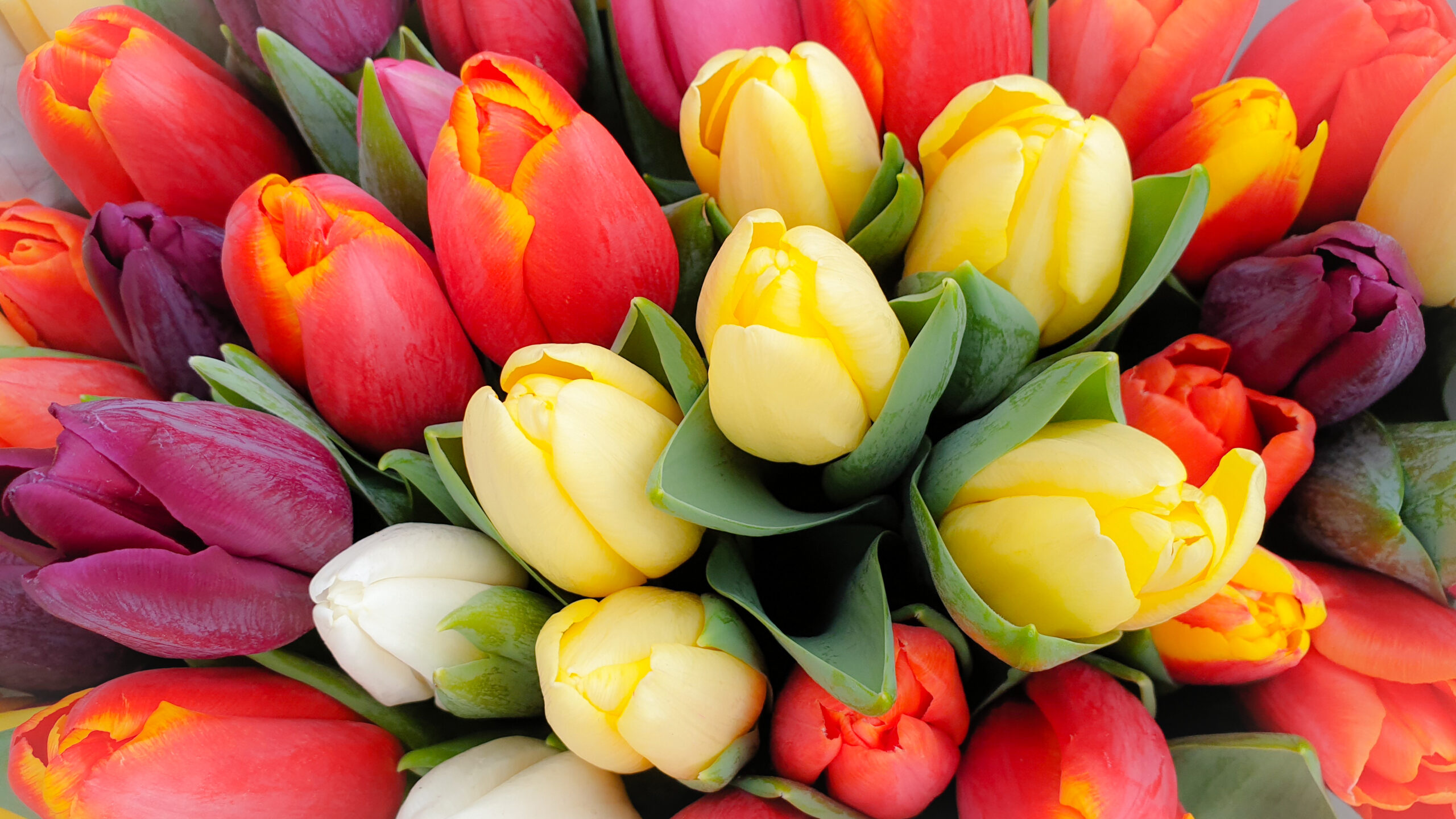
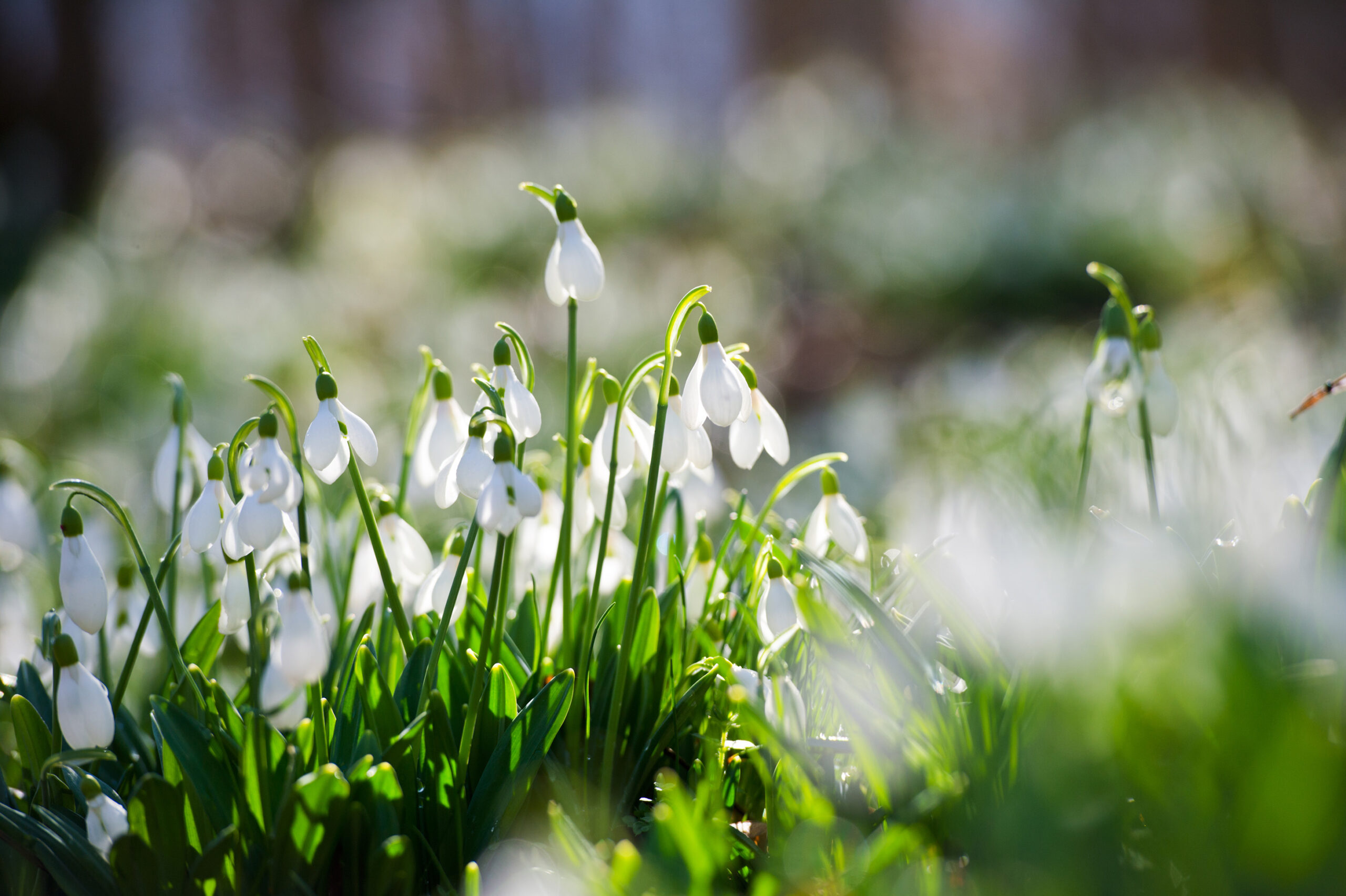
Planning your Display
Planning starts as soon as you want it to – for me this starts during the previous spring when I can see what has looked good in my garden. And then I find inspiration during garden visits where huge terracotta pots filled with deep red and pale pink tulips catch my eye, so I add more flowering bulbs to the list.
Fast forward to late summer and early autumn when bulbs start appearing for sale at the garden centre.
Rather than dashing into spring bulb buying and then regretting the result next year, grab yourself a coffee and take the time to plan before you buy.
The important question to answer is:
Will you be planting bulbs in borders, containers or naturalising?
Borders
Be realistic as to how many bulbs you have the time and energy to plant. And do you have a garden kneeler? It can be hard on the knees otherwise!
Is there currently room in the border where you’d like to plant bulbs or do you still have late flowering Helenium and dahlias in full bloom? If your borders are still full and looking lovely, then congratulate yourself on having a fine late display of colour. And then try one of these options -
- You could buy only later flowering bulbs. These could be planted when your Heleniums have gone over and still flower when they should next year.
- Buy the early flowering varieties you covet but plant them in pots. When your late flowering herbaceous have gone over, sink the pots into the ground where you want the bulbs to flower next year.
Spring flowering bulbs in containers
How many containers do you have or plan to buy and how big are they? Bear in mind both the size of the bulbs and the height of the flowers when choosing pots and troughs.
One of the advantages of growing spring bulbs in containers is that you can easily move them to a less visible part of the garden once the blooms have faded. As the foliage needs to die back naturally before it should be cut, as it can look messy, and if you have the space to tuck pots out of the way, it’s useful to do so. The foliage is left on to “build up” the bulb, which is a storage organ, so it’s able to produce plenty of flowers in the following year.
Naturalising spring bulbs
Daffodils are the obvious choice and can look delightful planted in groups at one edge of a lawn. (It also makes mowing easier if they’re not spread all over the grass).
However shadier spots under deciduous trees and shrubs are ideal for a scented swathe of our native Bluebells. Why not mingle yellow winter aconite and Snowdrops there too, and you’ll have a floral carpet for weeks from late January?
Planting your Spring Bulbs
As for planting, the rule of thumb is to plant bulbs about three times as deep as the diameter of the bulb. This could be time-consuming if you’re going to measure each one! The rough guide we use at Plews is that for larger bulbs, for example, Tulip, Daffodil and Hyacinth, we make a hole about 15-20cm deep. For smaller bulbs, for example, Crocus and Bluebell, we make the hole about 10-12cm deep.
For most bulbs, there is one end which is slightly more pointed or elongated. That’s where the shoots will grow from and should face upwards.
If you’re planting a group of bulbs, one technique is to dig a trench, (long, round or square) of the right depth for the size of the bulbs. Scatter the bulbs in the trench, stand them the right way up and then cover them with soil.
Remember to protect your bulbs once planted, so the squirrels don’t dig them up. I’ve found that adding shallow-rooted winter bedding over the top of the spring bulbs generally works and looks more decorative than wire or sticks.
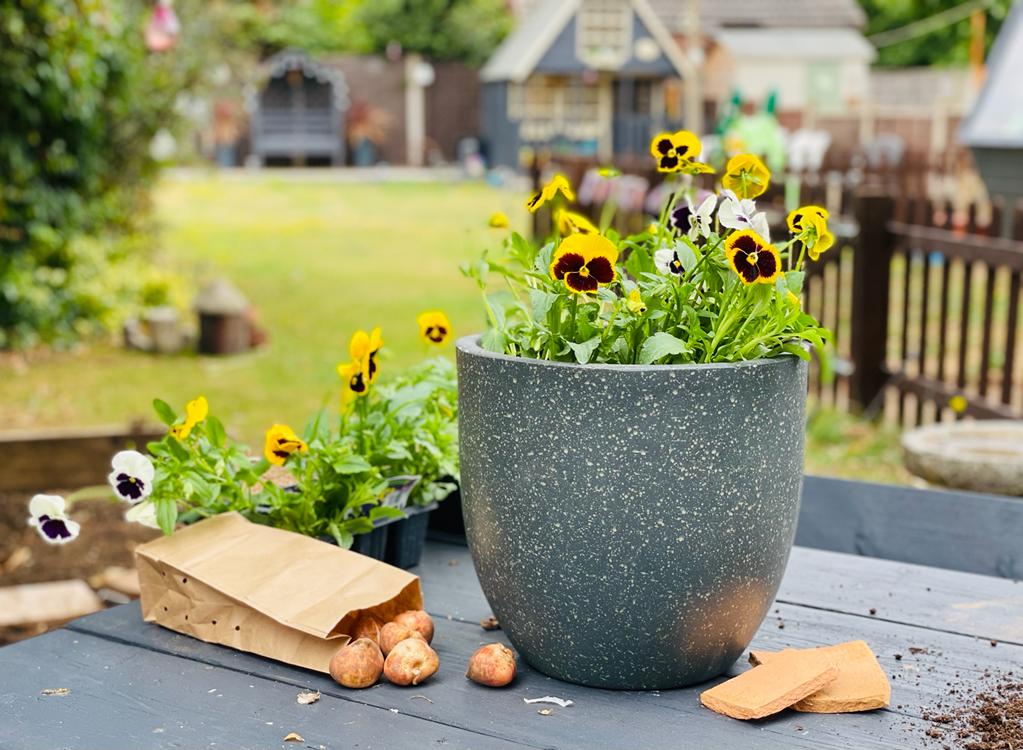
Another tip for lots of flowering bulbs
If you would like the flexibility of changing your spring bulb display year on year, then growing them in pots which you sink into the ground is the easiest way, not least because they need less watering as the roots can take some from the surrounding soil. Lift the pots once the flowers are over and pop either later spring bulbs or summer bedding into the space.
Bright colours, clashing shades or soft pastels?
You could have any or all colour combinations. Consider where the bulbs will be when they’re flowering. For example, in front of -
- a dark evergreen hedge
- colourful front door
- spring flowering shrubs such as yellow-flowered Forsythia
- an old brick wall
and then whether you’d like to contrast or complement the backdrop. Let’s take a couple of those examples and see what we could plant...
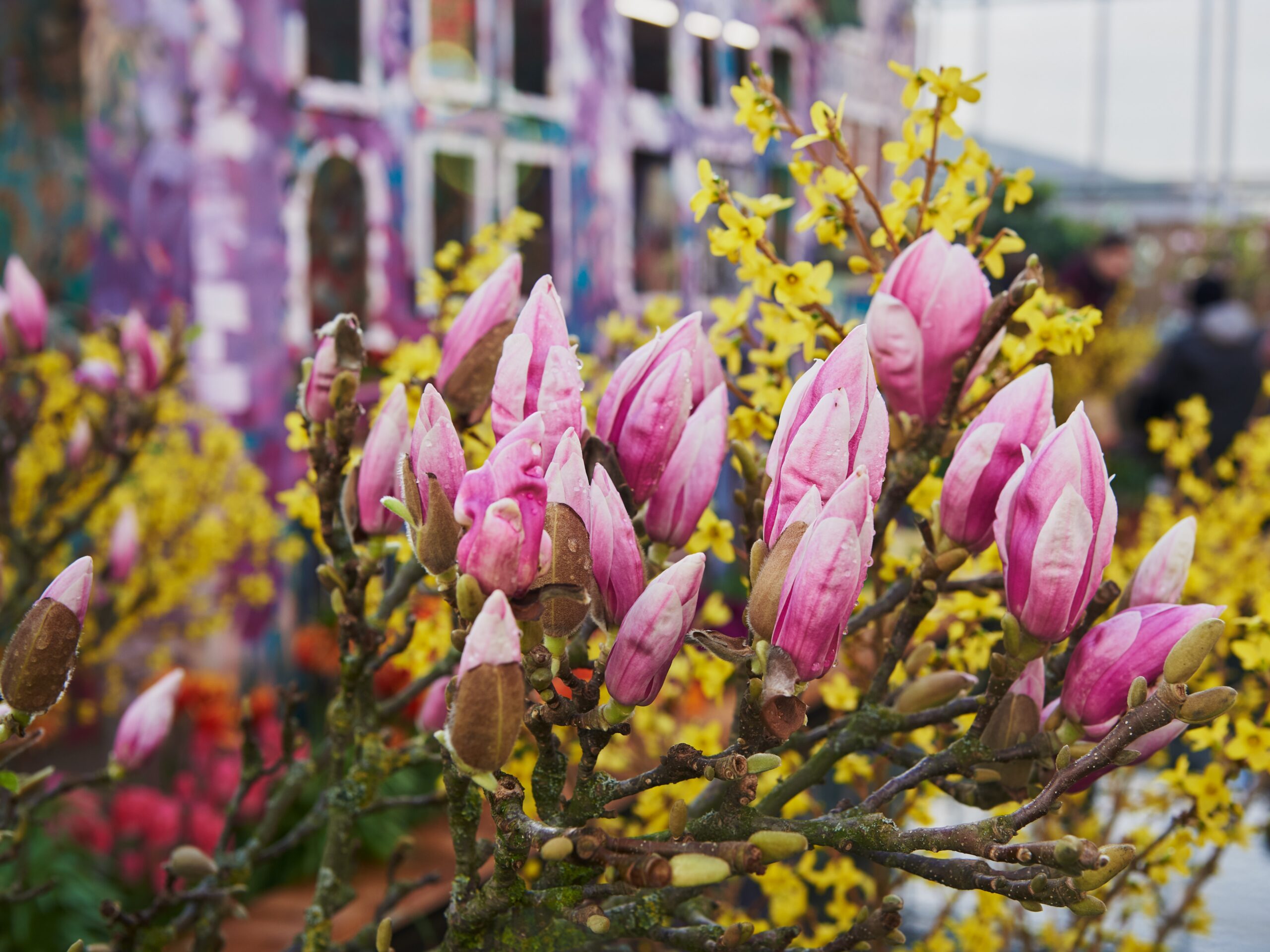
A pot of spring bulbs in front of the Forsythia will have to work hard to beat the bright yellow blooms and then the lime green of new foliage. Deep purple tulips could do the job boldly, whilst tall, pale Narcissus would be a subtle approach. Plant in a large group or a big pot so the spring bulbs aren’t lost in front of the informal shape of the shrub.
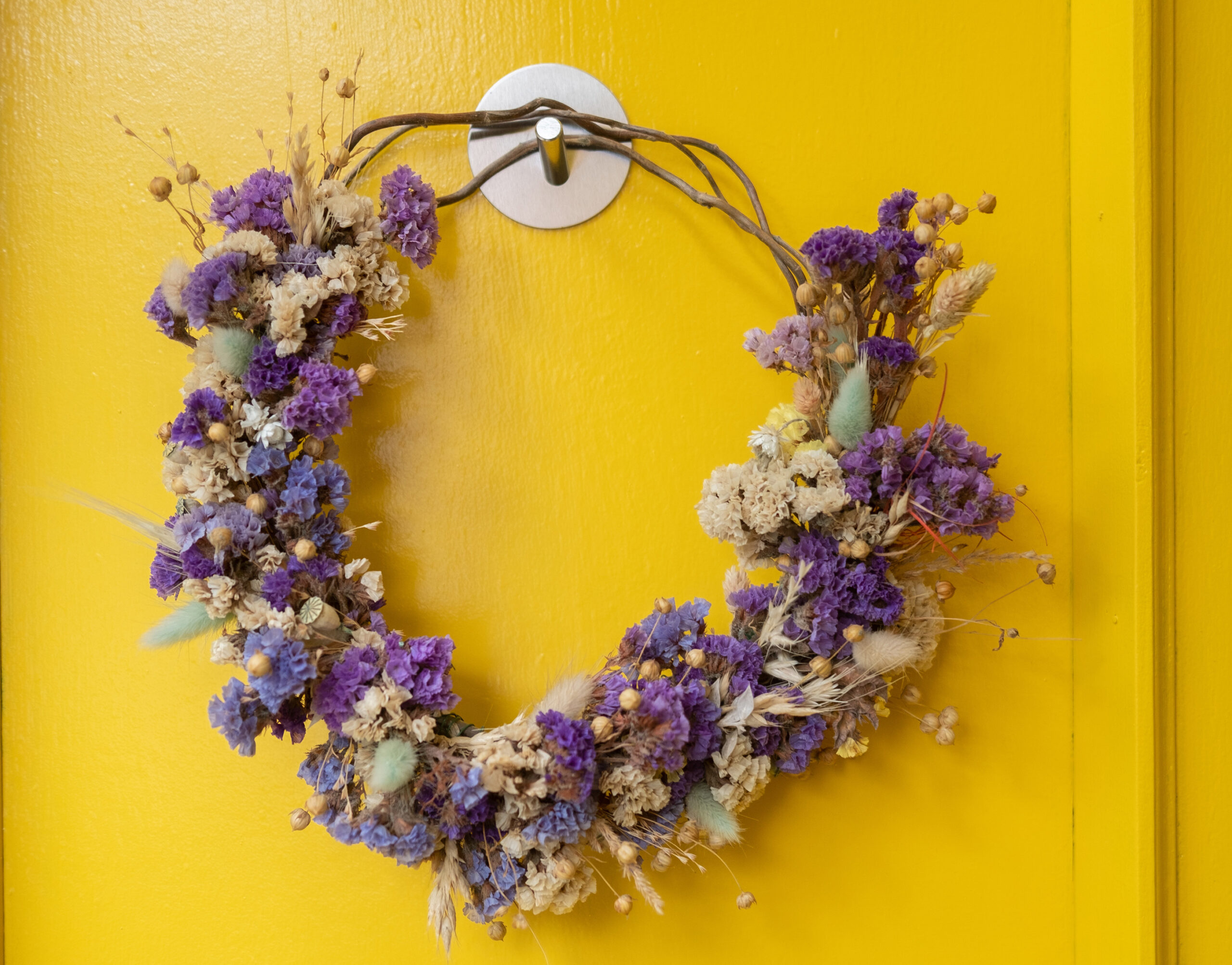
Next to a yellow-painted front door why not have a group of lilac-blue flowered Iris or crocus for early display? Then follow these with rich orange Tulips for a sunny spring whatever the weather!
There is so much fun to be had with spring flowering bulbs, so enjoy planning and planting them!
See you next month,
Marie
About the author
Marie Shallcross is an advocate of edible ornamental gardens - beautiful, practical spaces that are both human friendly and wildlife friendly. She is the owner of Plews Garden Design, offering bespoke Gardening Lessons where your garden is your classroom. As well as Garden Design, Planting Designs, and Garden Consultancy.
A member of the prestigious Garden Media Guild, Marie writes a weekly award-winning gardening blog – Plews Potting Shed - plus articles for various publications and websites.
